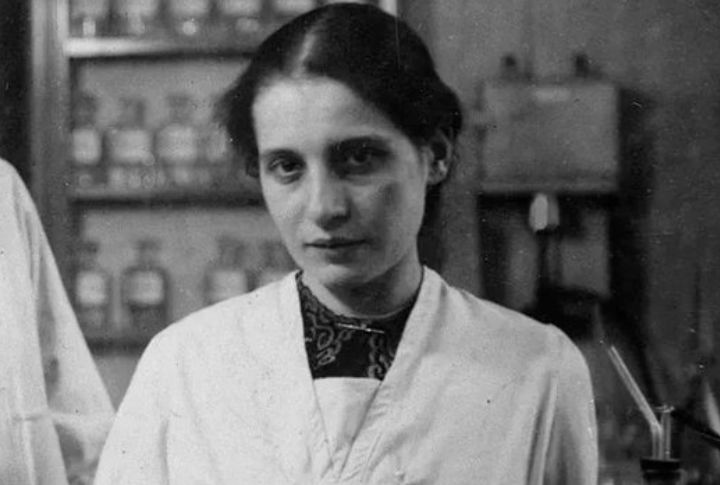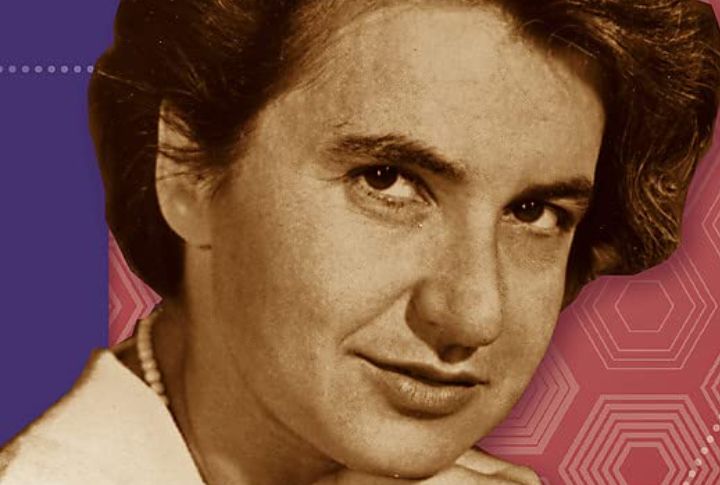
They changed the world, but history books barely took notice. While others collected trophies, they solved problems, broke barriers, and made systems run. Fame? Not really. Legacy? Absolutely. These women weren’t chasing credit—they were too busy making things happen. Let’s finally give them their due.
Lise Meitner

In 1938, Lise Meitner and Otto Hahn discovered nuclear fission. Their breakthrough changed physics. However, only Hahn received the 1944 Nobel Prize. Meitner was overlooked. Albert Einstein called her the “German Marie Curie.” After escaping Nazi Germany, she continued her scientific work in exile, and her contribution remains foundational to modern nuclear science.
Claudette Colvin

At just 15, Claudette Colvin did what many adults wouldn’t dare—she said no to segregation. Her courage helped dismantle discriminatory bus laws in the “Browder v. Gayle” case. Leaders dismissed her, calling her “too young and too dark.” But she pressed on, later serving others quietly. True bravery doesn’t always seek the spotlight.
Rosalind Franklin

Rosalind Franklin’s X-ray diffraction image, known as Photo 51, revealed DNA’s double helix. Watson and Crick used this work without credit when creating their Nobel-winning model. Franklin sadly passed away from cancer before the prize was awarded. Plus, mentions of her contributions were barely included in early DNA history books.
Katherine Johnson

You’ve seen rockets soar, but did you know a Black woman helped them get there? Katherine Johnson did the math that guided Apollo 11 in 1969. John Glenn trusted her above all others. NASA’s segregated West Area kept her isolated, and the story stayed quiet until “Hidden Figures” finally brought it to light.
Ada Lovelace

Long before computers existed, Ada Lovelace was busy coding on paper. An algorithm was written for Babbage’s Analytical Engine. Those notes are now known as the first published software. Sadly, credit didn’t come until the 20th century. For years, history skipped the name that helped launch modern computing.
Henrietta Lacks

Henrietta Lacks’ cancer cells, later named HeLa, became the first to reproduce indefinitely in laboratories. These cells contributed to major breakthroughs in vaccines, cancer treatment, and space research. Even the family remained uninformed and uncompensated for decades. HeLa cells are still used in research today, many years after Lacks’ demise.
Grace Hopper

Grace Hopper didn’t just change computing—she changed how humans speak to machines. Her compiler turned English into code, paving the way for COBOL, which is still used in finance and government today. She coined “debugging,” led with vision, and retired as a Rear Admiral. Yet somehow, history keeps her in the footnotes.
Sybil Ludington

Age didn’t stop a 16-year-old from alerting militias during a British raid in 1777. Sybil Ludington rode 40 miles overnight, rallying hundreds. But Paul Revere rode one-third of the distance and became a legend. For years, her name remained missing in most classroom lessons despite being essential to the call to arms that night.
Mary Anning

Back in the 1800s, some of the biggest fossil finds didn’t come from fancy labs—they came from Mary Anning, a self-taught collector on the coast. She wasn’t allowed in scientific circles, and men often got the credit. Her legacy shaped paleontology, filled museums, and even inspired the tongue-twister “She Sells Sea Shells.”
Jocelyn Bell Burnell

Just imagine spotting a signal so odd it got nicknamed “Little Green Men.” That’s exactly what happened in 1967, thanks to a sharp-eyed grad student. The discovery? The first radio pulsar. Jocelyn Bell Burnell found it, but someone else got the Nobel. Years later, she quietly gave $3 million to support women in science.

